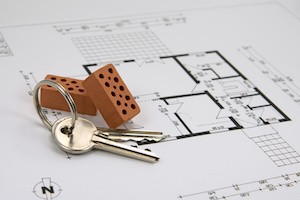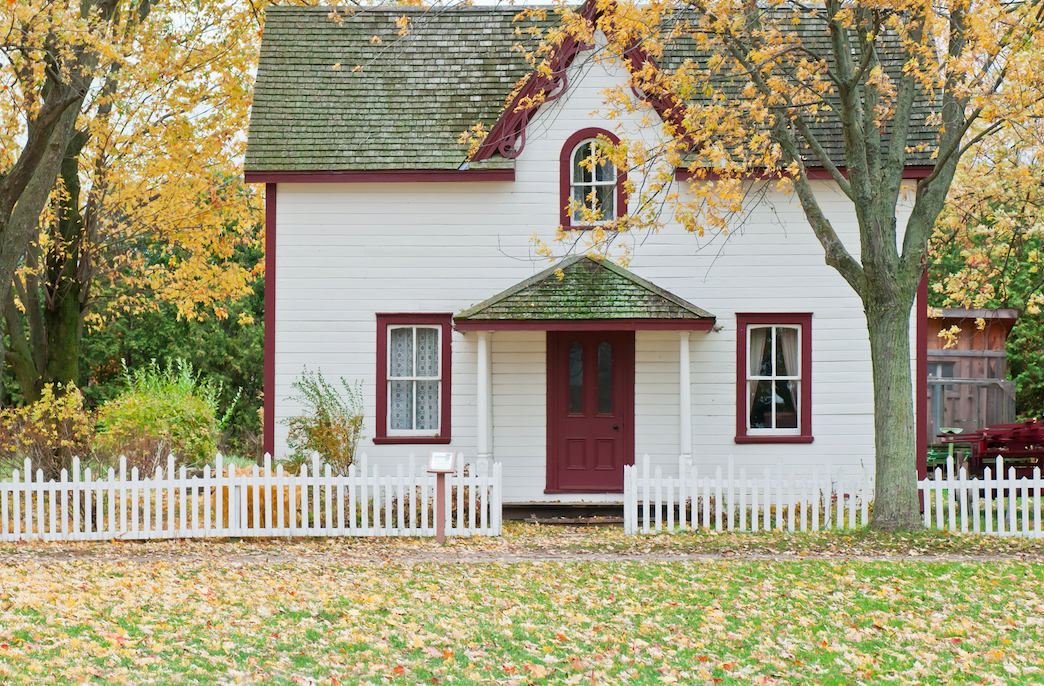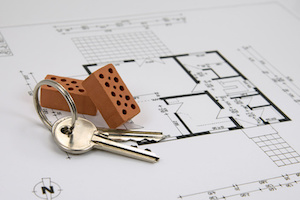 It’s no secret that New Zealand’s housing is both a great investment and a great expense. The demand in some parts of the country rather outweighs supply and it is still hard-wired into our DNA to own our own home.
It’s no secret that New Zealand’s housing is both a great investment and a great expense. The demand in some parts of the country rather outweighs supply and it is still hard-wired into our DNA to own our own home.
Hardly a day goes by without housing appearing as a headline on the news. What you tend to read about are the hard-luck stories of course, not the good news stories about oily raggers making things happen. The aim of those housing themselves off the smell of an oily rag is to have comfortable accommodation without selling your future to the bank. Here are some thoughts about how to do that – and some basic rule-of-thumb realities about building costs.
$1,500 a square metre for building a home is pretty basic and cheap. The average nowadays is around $2,500, and houses that are a little bit unique would cost+$3,000 a square metre. The sky is the limit when it comes to ‘bespoke’ houses – which is architect talk for ‘one of a kind’ or unique. So for most, a 200m2 house – which tends to be the norm nowadays – will set a family back around $500k, plus the land, plus this, plus that…
The best way to save money on building is to reduce its size, from say 200m2 to 180m2. This is likely to reduce the engineering complexity so the cost per metre is also likely to drop. Those living on a limited budget need to be realistic and accept that add-on luxury like theatre rooms, heated pools, triple car garaging, a disco floor, video games room, gym, sauna, and so on, are for another day!
There are some really smart designs around of houses consisting of a core building and various modules that can be added on as the family or bank balance expands. Building your own home little by little over a five-year period sure beats a 30-year mortgage! Alternatively, you could buy a shell and finish the interior yourself on a pay-as-you-go basis.
Another way of economising is to look at using cheaper materials. We recently saw two options for a timber floor, one costing $200m2, the other about half that.
Keep the bathrooms and kitchen simple. One reader said they reduced the cost of a kitchen by half by changing the specifications without reducing the size.
Often new home owners make the mistake of spending too much money on a house that is much better than the others in the area. The result is usually a house with a market value worth less than its cost.
If you are handy with a hammer, why not build your own home? You may need help and supervision from a builder, and you also need to know that there are some things that only a registered builder is permitted to do. The builder will be able to buy the materials at trade discount (and pass all or most of the savings on to you!) and give you some tips on some of the more detailed points. A word of caution though, be sure to check out the rulebook before you build. The more inventive you are, the more circumspect and difficult local authorities can be.
Why not live in a garage or on a mezzanine floor in a farm shed for a while? With a little modification, a two-car garage makes a very cosy bungalow at negligible cost. And when you can afford to build a home you have a sleep-out for the kids or guests. Some of the standard steel shed designs have accommodation attached so a shed/flat combo may give you a shed AND accommodation at very little additional cost.
Consider living in a caravan or mobile home. Find a small space to put the caravan and you are all set. But check out the dollars and sense in doing so. While a caravan park may seem cheap if you add in the cost of the site hire it may not be a bargain. You may be best to buy a section and plonk your caravan onto it while you are saving to build.
 If buying a section, why not buy in the country? Sometimes acreage in the country costs no more than a postage-stamp-sized section in town. It also gives you the freedom to grow your own food and run some livestock.
If buying a section, why not buy in the country? Sometimes acreage in the country costs no more than a postage-stamp-sized section in town. It also gives you the freedom to grow your own food and run some livestock.
Instead of buying a house, invest in a commercial property. Convert part of it into residential accommodation and rent out the rest. That way you get a roof over your head and an income. Many businesses like the security of having someone living on the property. One reader did exactly this. They lived in the upstairs area, which has an estuary view, and rented out the commercial space below. Not only did they have free rent, but they made a packet when they resold the property.
While many believe owning their own home is the height of financial success, the down-to-earth reality is that many homeowners simply end up renting money rather than renting property!
By Frank and Dr Muriel Newman.









Hanna Harris - 7 years ago
Good article. I agree with you. There is no need to have a huge house, it’s really hard to maintain it, except you have a huge family (more 4 members). Now so long ago I became an owner of a house near Auckland. The nature here is amazing, very beautiful, and air better than in a crowd city. I think that small house is a great investment, there are many ways to improve the design and make it looks bigger. For instance I have not much space near my house but I always wanted to have a garden. Therefore I installed a high fence, by dint of a local company. In such way I can have a vertical garden and some private place to relax after work.